Sexual and Reproductive Health and Rights by the Billions
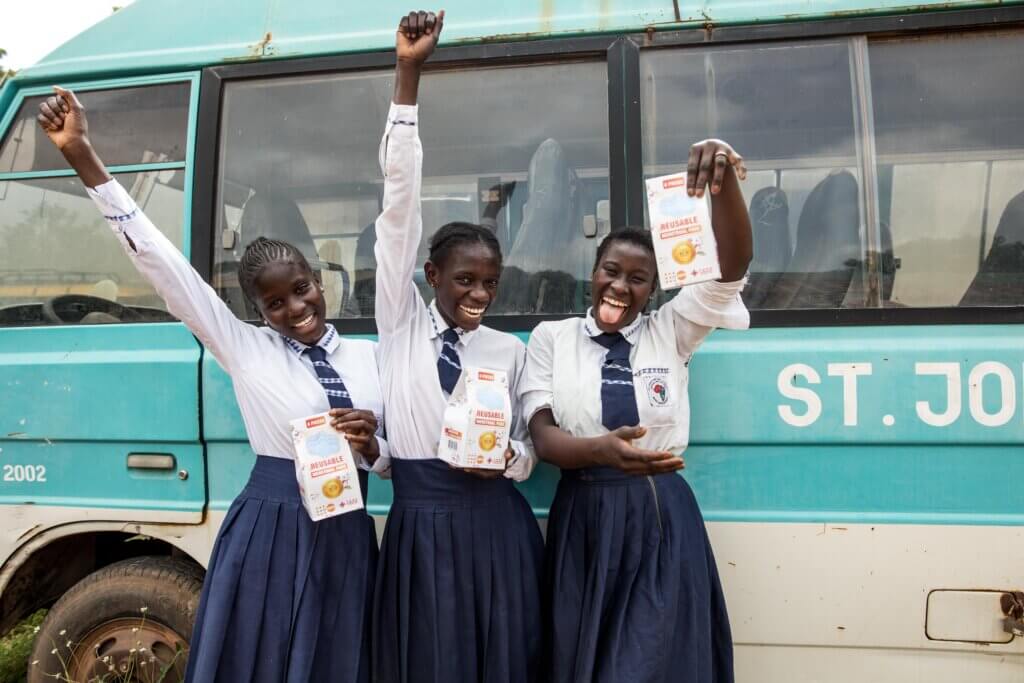
You are now one of 8 billion people on the planet.
It’s been a long road with historic highs and lows for all of our sexual and reproductive health and rights. But for every billion we have grown, visionary leadership and innovation have brought us closer to where we are today.
This is how we got to 8 billion people.
1 billion: 1804
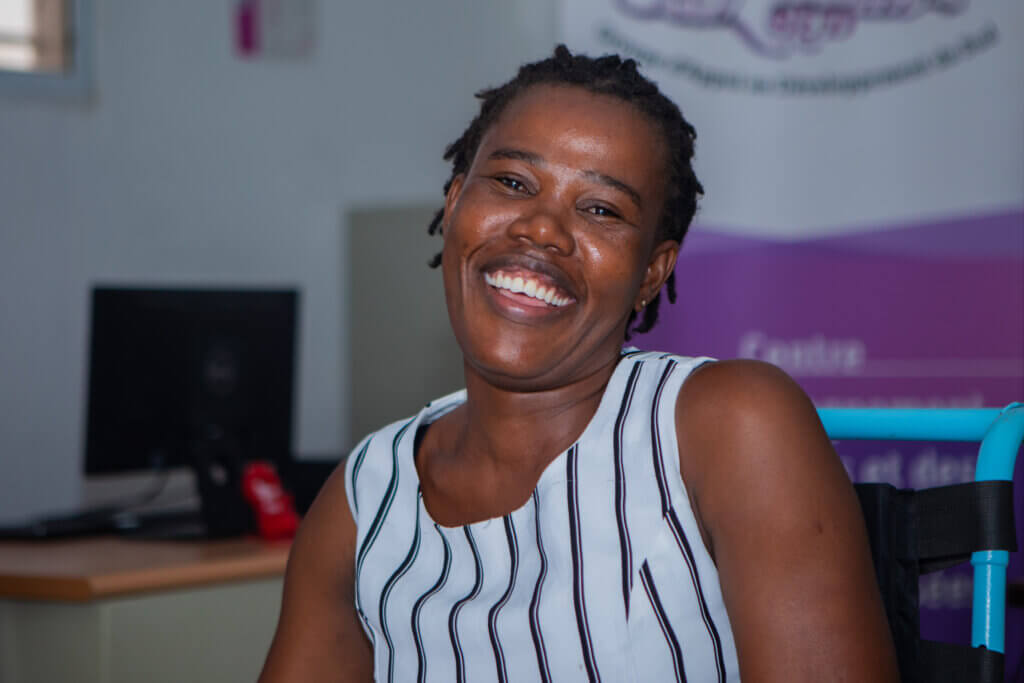
When the global population reached 1 billion in 1804, the US had one of the world’s highest birth rates. The average American woman would give birth to 8 children. At the same time, women began to agitate for themselves. They wanted a life outside of the home, the right to own property, and the right to vote. Notable leaders such as Lucy Stone, Susan B. Anthony, and Sojourner Truth led the charge for women’s rights, but also for abolitionism and temperance. Progress across all of these movements was celebrated.
And, on the very first day of the year, a monumental event transpired. Haiti gained independence from France and became the first and only Black republic in the Western Hemisphere.
2 billion: 1927
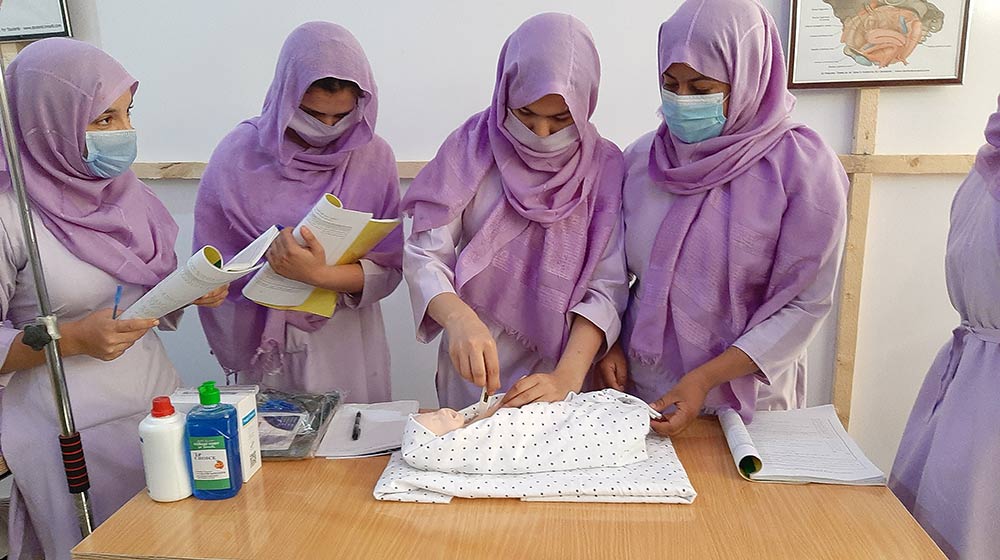
Women’s suffrage has been enshrined in law in the U.S. for nine years, providing a much-needed voice in politics and issues affecting women’s and girls’ lives.
Following World War I, global leaders came together to create the League of Nations, the predecessor to today’s United Nations. It was the first worldwide intergovernmental organization and worked to maintain world peace.
3 billion: 1960
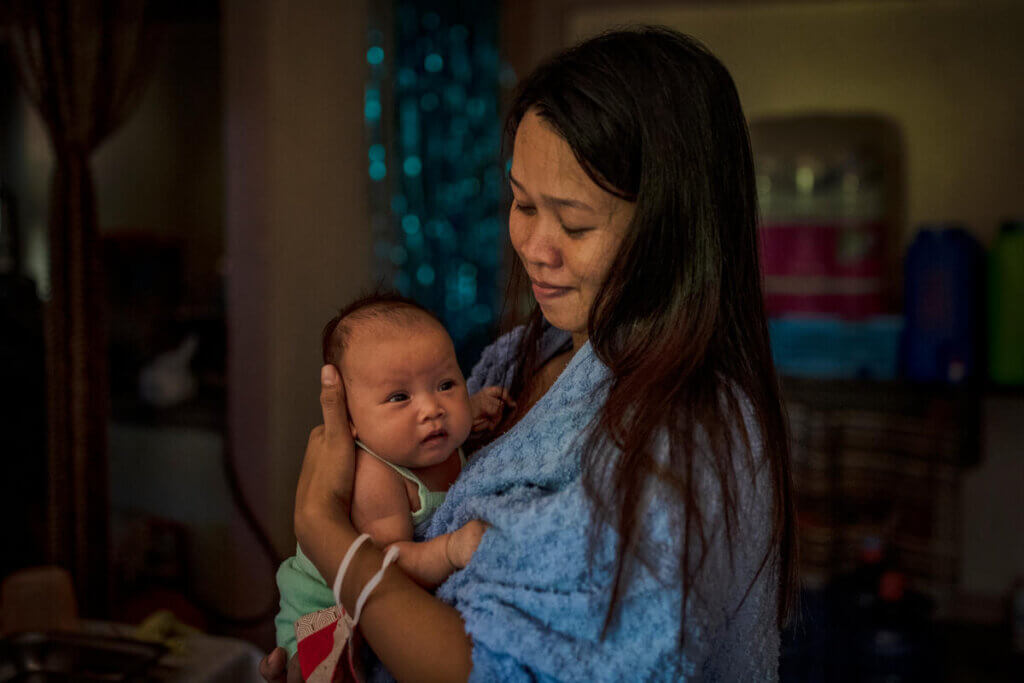
It takes only thirty-three years to add another billion people to the planet — and society is changing fast. The civil rights movement is agitating for rights for all women in the U.S., not just White women. In Sri Lanka, Sirimavo Bandaranaike, the first woman to hold the highest position of power in any country worldwide, gets democratically elected to the position of Prime Minister. The invention of the birth control pill in 1950 is changing the game for reproductive rights and women’s lives.
Second-wave feminism is marching steadily forward. Women are advocating for equal pay for equal work, an end to domestic violence, curtailment of severe limits on women in managerial jobs, and an end to sexual harassment. This is a much broader understanding of women’s rights. Advocates speak passionately about sharing the responsibilities of housework and child-rearing with their partners.
At the international human rights conference in Tehran in 1968, the UN declared that “the ability to determine the number and spacing of one’s children is a basic right.”
One year later, in 1969, the UNFPA was founded with Executive Director Rafael Salas of the Philippines at its head.
4 billion: 1974
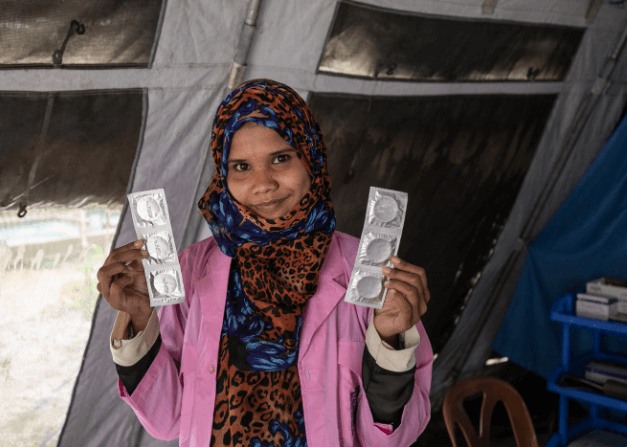
In 1973, just one year before the world’s population was halfway to 8 billion people, the U.S. Supreme Court legalized abortion in its landmark decision in Roe v. Wade.
At the same time, discussions on reproductive rights escalated in many parts of the world. Building on the progress of contraceptive technologies in the 1960s, new types of contraceptives including a lose-dose version of the pill and the copper IUD became available to women.
The UNFPA blazed forward in the advancement of its mission. In just five years, UNFPA had become operational in over 90 countries.
5 billion: 1987

The world hit 5 billion inhabitants at the end of the UN’s Decade for Women (1976-1985). During that time, world leaders gathered at three world conferences on women – the first in Mexico City (1975), the second in Copenhagen (1980), and the third in Nairobi (1985).
The conferences inspire the formation of women’s organizations and networks and broadens the movement to include women from developing countries and other classes. This continued as China instituted its one-child policy in the 1980s.
Dr. Nafis Sadik of Pakistan became the Executive Director of UNFPA, where her global leadership on population policies and programs in developing countries was truly groundbreaking — providing women and teenage girls with education and family planning resources to plan their futures.
6 billion: 1999

As the 20th century comes to a close, the globe gains another one billion people.
UNFPA leads the 1994 International Conference on Population and Development in Cairo, Egypt, where sexual and reproductive health and rights are recognized as human rights — and women’s empowerment is understood to be necessary to develop strong families, communities, and countries. It was at Cairo that UNFPA became the organization we recognize today, centering the voices, experiences, and desires of women and not those of their government.
Movements to end violence against women also gained ground at this time. In 1994, the US enacted the Violence Against Women Act and in 1996, the World Health Organization declared intimate partner violence and sexual violence global public health problems.
7 billion: 2011
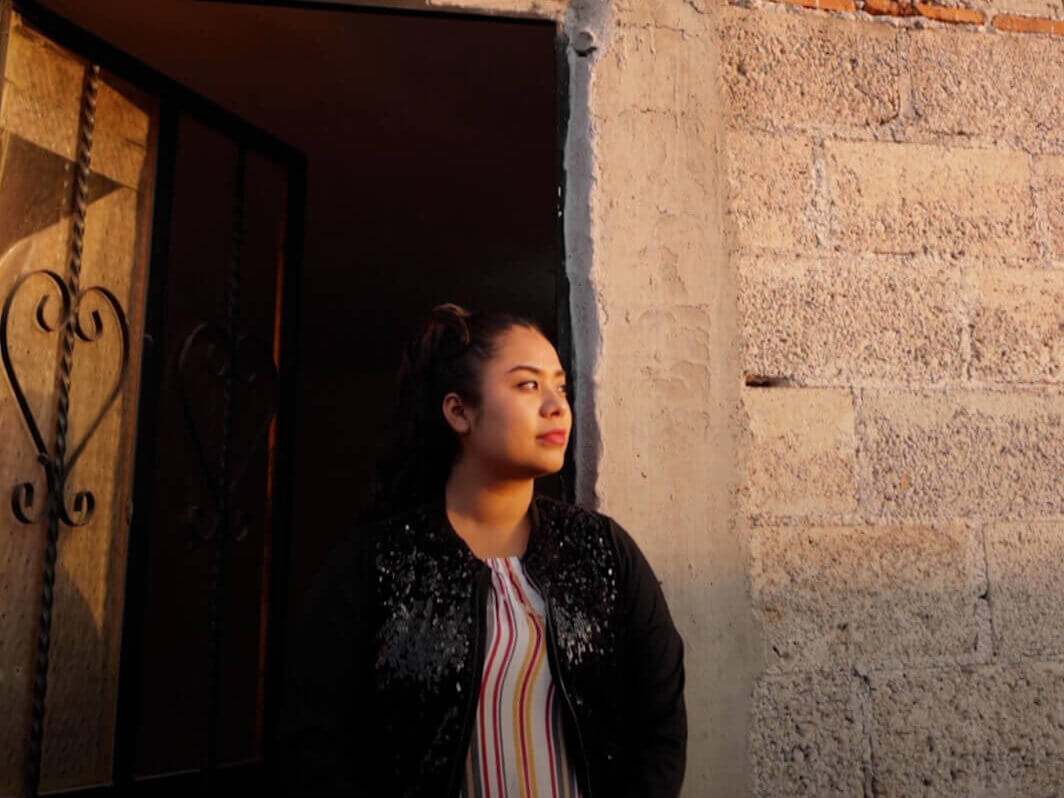
UNFPA continues to expand its presence and initiatives to help women and girls around the world.
In 2001, Thoraya Ahmed Obaid of Saudi Arabia became Executive Director. She collaborated with governments and NGOs to establish programs and led as an advocate for women’s equality. Obaid introduced a focus on culture and religion in UNFPA’s development work, connecting universal human rights to the traditions and values of human worth found in all communities and religions.
Dr. Babatunde Osotimehin of Nigeria became Executive Director in 2010. During his tenure, he worked tirelessly to prevent violence against women while leading the organization in its efforts to reduce preventable maternal deaths and increase the accessibility of family planning to global populations.
8 billion people: 2022
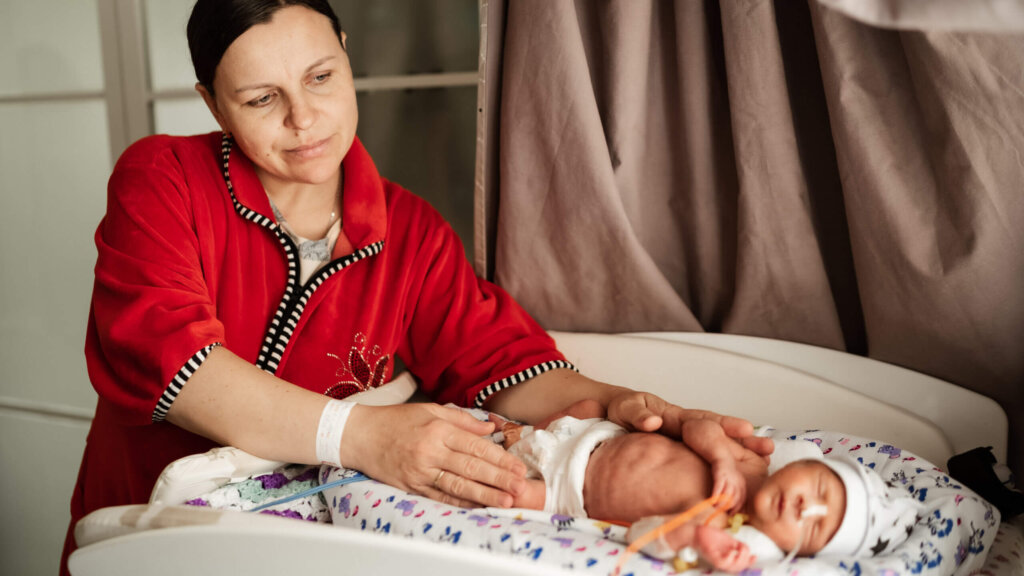
And here we are. In late 2022, we have reached the global population milestone of 8 billion people.
In the last decade since we’ve added another billion people, we have seen teenage girl and education advocate Malala give her first speech at the UN and the adoption of the sustainable development goals, the UN’s blueprint for peace and prosperity for people and the planet.
We’ve seen Kamala Harris become Vice President of the United States, the highest elected office a woman has reached in the US.
And we saw the overturning of Roe v. Wade, a decision we know will threaten the health and rights of women across the world.
UNFPA’s work continues.
Dr. Natalia Kanem of Panama is now UNFPA’s fifth Executive Director since the organization’s founding. Under her leadership, we have taken on the ambitious goals of ending the unmet need of family planning, ending preventable maternal death, and ending violence against women and girls, including harmful practices like child marriage and female genital mutilation.
Facing Global Challenges – No Matter What
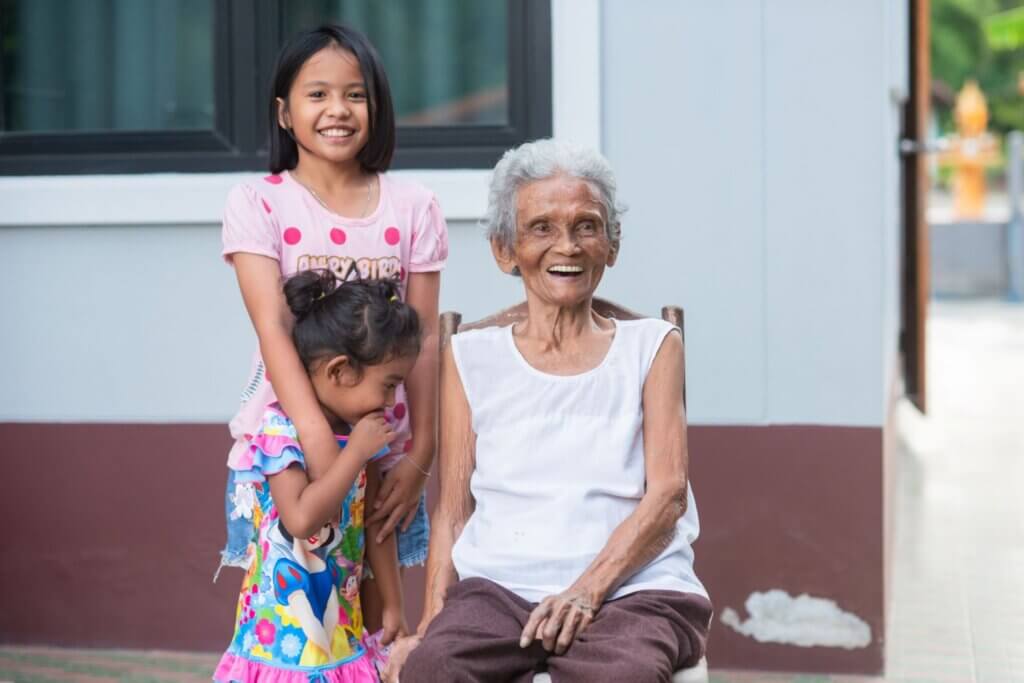
We are actively working across the globe to meet the challenges—and opportunities—of a world with 8 billion people, and counting.
We are on the ground in more than 150 countries providing lifesaving sexual and reproductive health care. From reaching Indigenous populations with culturally-sensitive family planning resources in Costa Rica, to providing lifesaving prenatal and safe delivery care to pregnant women in Ukraine, to meeting the needs of child marriage survivors in Bangladesh, we are there. And we are there because of you.
Thank you for standing with every woman and girl, no matter what.
-Laurel Dowswell